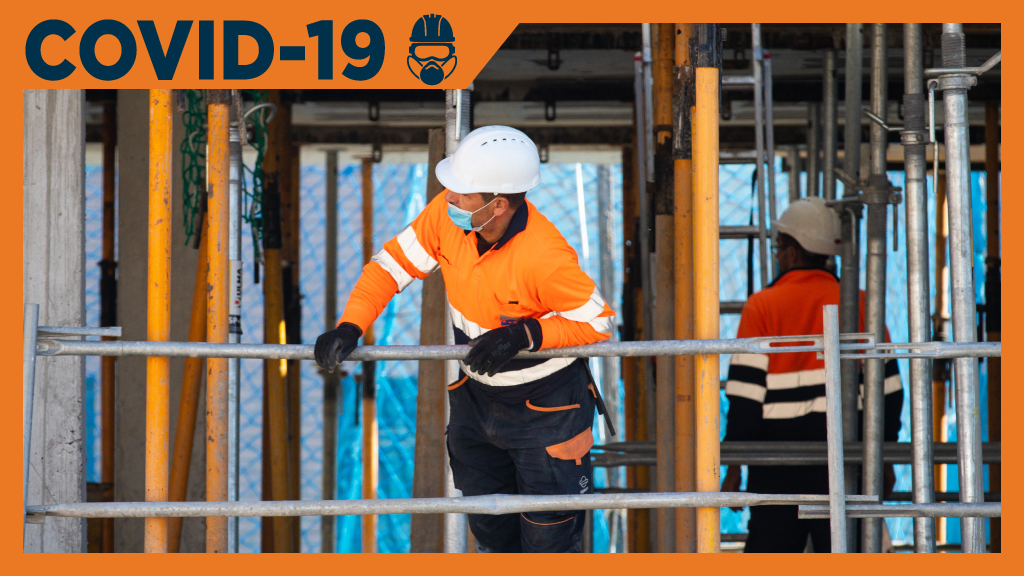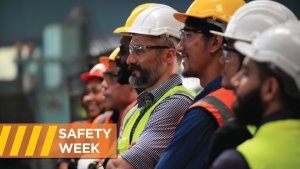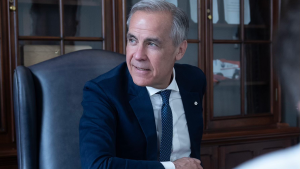The Chief Prevention Officer’s (CPO) Guide to construction worksite health and safety best practices during the COVID-19 pandemic is not the final word on a contractor’s responsibilities, advises construction lawyer Norm Keith.
Keith, of Toronto’s Fasken Martineau DuMoulin LLP, has authored a number of legal advisories during the pandemic offering advice to construction and other employers; his latest, released April 13, presents 32 answers to frequently asked questions in the workplace.
The guidelines prepared by CPO Ron Kelusky and released March 29 should be taken as a starting point as employers prepare health and safety strategies, Keith argued.
“On the one side there are the minimum standards offered by the CPO and on the other side there are the extreme demands of unions,” said Keith. “And somewhere in the middle there has to be a little bit of give and take, a little bit of working together.”
The CPO guide itself says it is not a law, and there are “gaps” in the guide that need to be filled in by employers, Keith said. The guide represents a standard for contractors to follow to help meet their legal responsibilities under clause 25(2)(h) of the Occupational Health and Safety Act (OHSA), which requires the employer to take every precaution reasonable in the circumstances for the protection of a worker, Keith explained. Additional responsibilities are found elsewhere in the act, in the Criminal Code through the Westray Bill amendments, and also in case law.
The parties should have regard to unusual circumstances or hazards on a jobsite or whether there is unusual work being done, Keith said. For example, on some sewer and watermain jobsites, distancing is impossible so employers should minimize the frequency of those circumstances and probably “mask up,” he said.
Among other OHSA duties to pay attention to in addressing COVID-19 on the jobsite, Keith said, another clause requires the employer to provide supervision to a worker and also information and instruction.
“Obviously the best way to do that is to have a written protocol. There are lots of good templates out there,” he said.
The distancing issue is particularly controversial. One of Keith’s advisory blogs notes that keeping two metres apart is not an absolute rule to follow or else the jobsite must be declared unsafe. Among general principles to follow, it’s said non-essential physical work that requires close contact between workers should not be carried out; and that employers should plan all other work to minimize contact between workers.
“But it is not always possible and it is not always safe,” Keith said, referring to two metres of distancing. “If you have two people lifting something and they are in close proximity, if they are both healthy and they have had a temperature check or at least questions confirming they are not symptomatic, the likelihood of them being asymptomatic and having COVID-19 is extremely low. So, eliminate the risk, the CPO guideline is saying, where possible keep people two metres apart, but it is impossible to do that all the time, so that means probably the supervisor keeping a closer eye on workers.”
The general duty clause is not a standard of perfection, Keith said.
“The point is, you keep it to the least required possible and talk to workers about that, and if the workers feel the employer is pushing it, they have a right to refuse work.”
Follow the author on Twitter @DonWall_DCN.











Recent Comments
comments for this post are closed